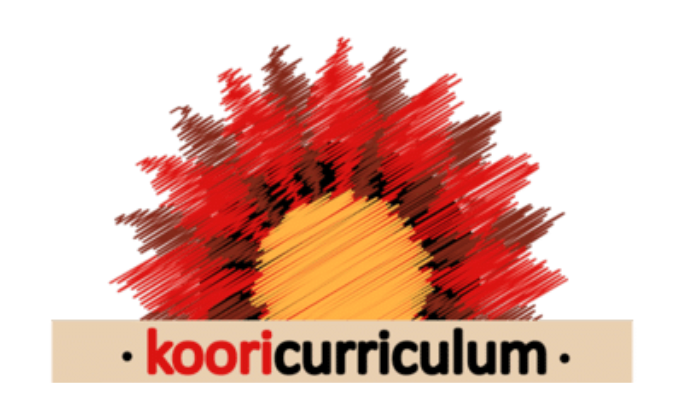As early childhood educators, we often wonder if it's appropriate to include and teach Aboriginal languages in our curriculums. According to Jessica Staines, founder of Koori Curriculum, the answer depends on the language custodians in your community and their preferences for sharing their language.
While some communities have created resources like dictionaries, apps, and children's books that include Aboriginal words, it's crucial to review any permissions and disclaimers about how the language can be used. Before incorporating an Aboriginal language, ensure you have the community's consent and understand their guidelines.
The key is to develop a list of community stakeholders and identify the right people to ask the right questions. Aboriginal community members are not generalists, so it's essential to speak directly with language custodians when seeking guidance on using language in your program. They should be endorsed by the community to provide permissions.
Take the time to determine who's who in your local community. Consider whether you need to complete a language course, depending on how extensively you plan to incorporate the language in your curriculum.
Some points to consider:
- Consult with language custodians in your community to obtain permissions and guidance
- Review any disclaimers or instructions on how the community wants their language shared
- Develop a stakeholder list to identify the appropriate contacts, like language custodians
- Speak directly with endorsed language custodians, not just any community member
- Assess the extent of language use in your program and whether training is needed
- I've included some helpful language contacts and a stakeholder template in the information below to get you started.
Some key roles related to Aboriginal education and cultural sharing include:
- Language Custodian: A recognised authority on an Aboriginal language who can provide permissions and guidance on using the language respectfully.
- Cultural Consultant: An Aboriginal person who advises on culturally appropriate practices, protocols, and perspectives to inform curriculums and learning experiences.
- Traditional Knowledge Holder: An Elder or community member who possesses specialized knowledge of cultural traditions, stories, art, or other practices, and can share this with educators and students.
- Community Liaison: Acts as a bridge between the Aboriginal community and educational institutions to facilitate communication, consultation, and partnerships.
Incorporating language into your practice can be rewarding for educators and children, and I hope the above tips will ensure you do this respectfully.
For more information, access our 'Top Questions Answered' pre-recorded webinar.




